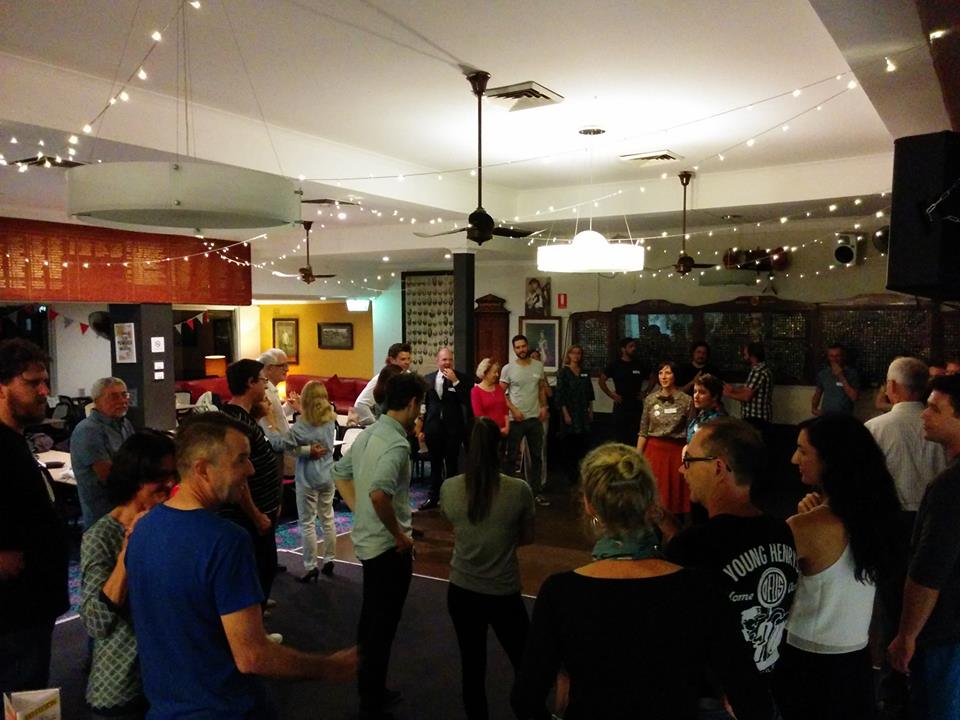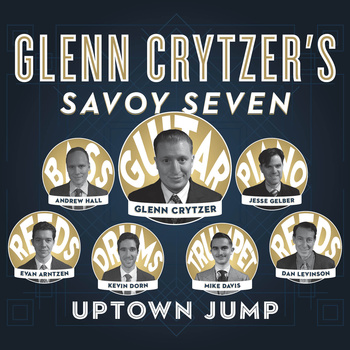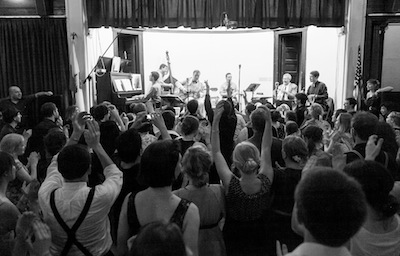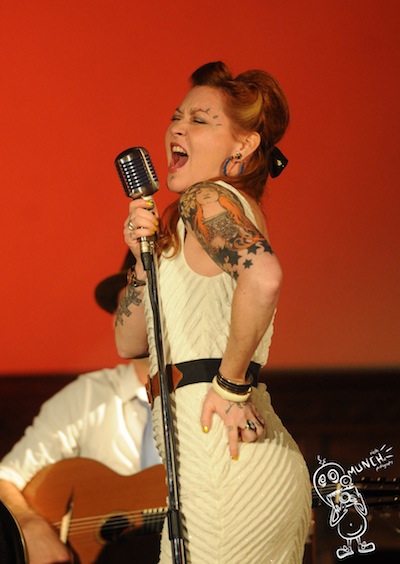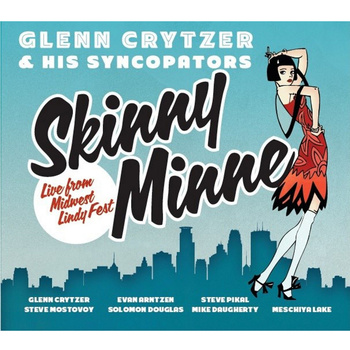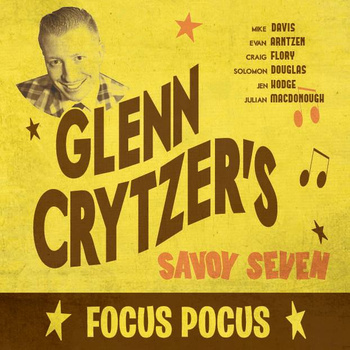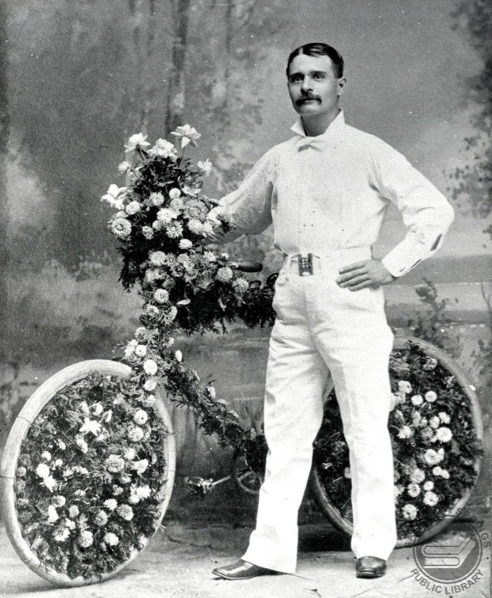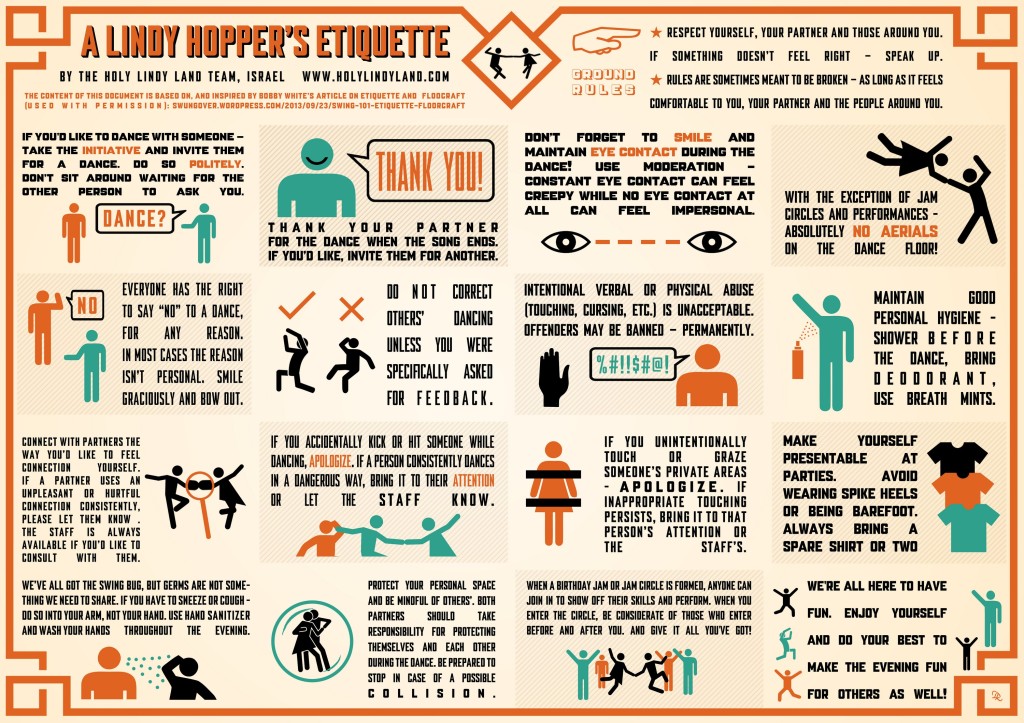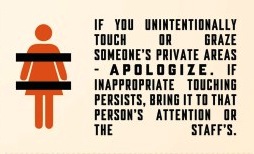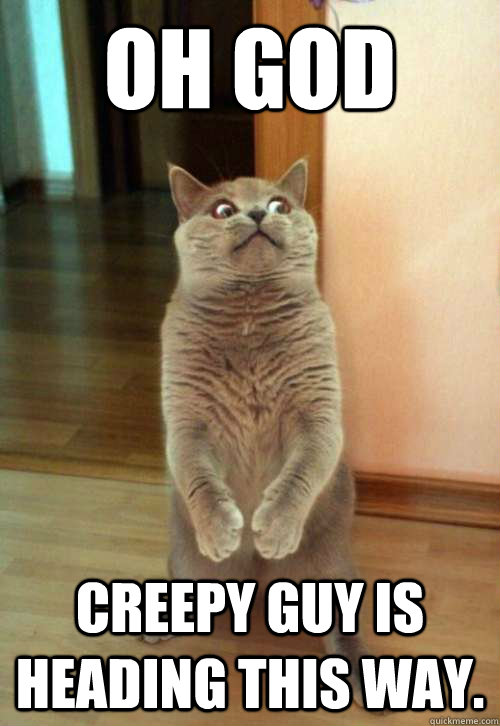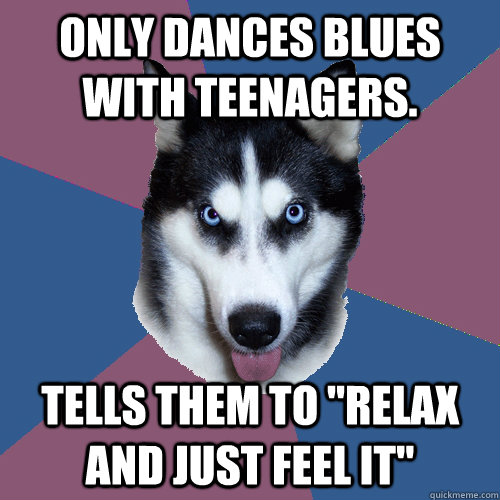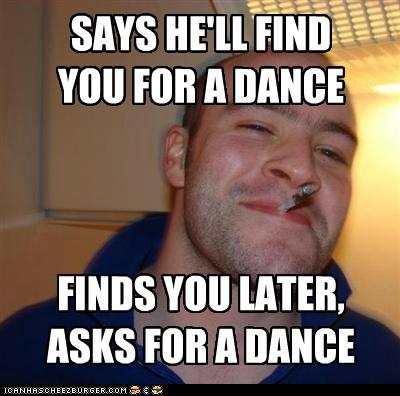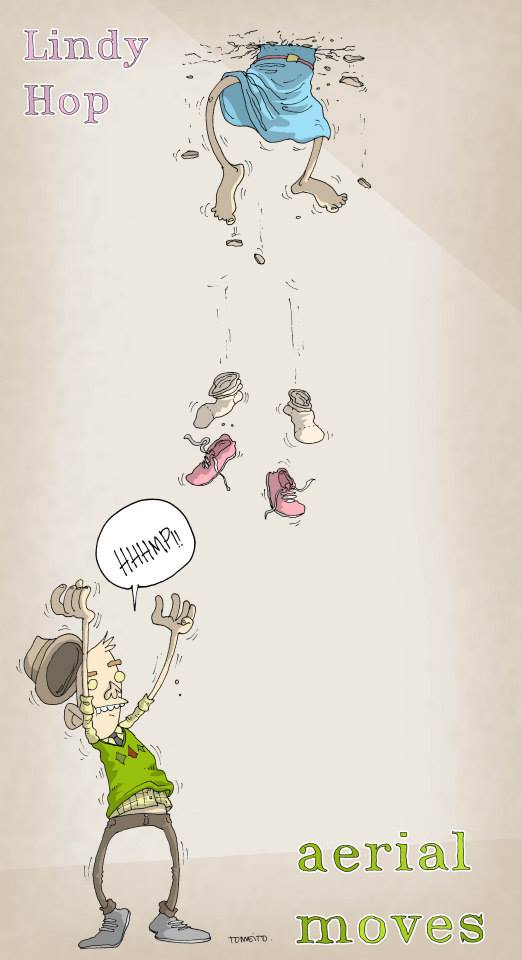So, we continue with our project to actively prevent sexual harassment in our lindy hop scene.
You can read about our three part strategy here. Our Code of Conduct has come together, we’ve been working on our in-class teaching tools for at least 3 months now, and we have begun doing some direct intervention with offenders. There have been some scary moments, but, for the most part, it’s actually been a very exciting and positive experience. Sitting down and thinking about what we want to do, and talking about the good things we want to see has been very exciting. It makes us feel good. This is what activism is about: you start by getting angry. You do some learning, and then you start doing things which make you powerful.
Reading and writing this makes me feel good:
Statement of Intent
We believe in jazz music and dance. We believe in the best throw-down, heart-stopping lindy hop, and that every song should be a solid sender that makes you leap to your feet. We believe that every dancer and musician has a right to good feels.We are stepping UP. We do not tolerate harassment or bullying, and are actively working to prevent sexual harassment in the swing dance scene.
You are WITH us on this. In joining us on the dance floor or agreeing to work with us as a teacher, DJ, musician, sound engineer, volunteer, performer, or event manager, you agree to treat all participants with care and respect and to abide by our code of conduct. You also accept that all minors must be accompanied by an adult.
Code of Conduct
1. There’s room for all of us on the dance floor.
2. We’re looking out for our peeps.
3. Talk nice.
4. Your body is important.
5. Be ok with people saying no.
6. You can say no.
7. Play safe.
And last night in a particularly large, boisterous, fun, beginners’ class, we had some really great feedback from students on our ‘how to give feedback to your partner’ tool.
We decided a while ago that we needed to directly address how to give feedback to your partner in class. We’d had some in-class ‘teaching’ from experienced students, we’d seen that people were already figuring out how to work collaboratively in our intermediate class, and we’d decided that we needed to tool women dancers up with the skills to say ‘no!’ to dodgy touching from male partners. We wanted to create a culture of respect for our own and our partner’s bodies, and of being ok with articulating your limits and and boundaries.
So we got serious.
All of us teaching in the teaching team (there are 4 of us teaching in varying partnerships) had begun talking about how to touch your partner the right way. We usually just explained it as “Don’t put your hand too low because it’s weird and creepy,” which is a very common approach. But that didn’t feel like enough. And it’s really not addressing the whole range of ways we can touch each other. And we were generally shifting away from just listing ‘rules’ in our teaching anyway. We wanted people to find out for themselves why we might do things in a particular way, and we wanted them to be aware of their own actions and how they communicated with their partners. Because just telling someone isn’t teaching or learning. Figuring things out for yourself is learning. Good teaching is about facilitating learning, not dictating rules.
I can’t remember how it happened exactly, but I know in our class we were just in a beginner class one night, and we’d had a few conversations earlier in our teaching team about what women should do when men touch their boobs or hold them too tight. We knew we should just SAY “Stop that!” but we all knew how difficult that could be.
So anyway, we were in class. And we got to a part where we’d usually say “Don’t put your hand too low here, leads…” blah blah. Instead we posed it like a question: “So what do we do if our partner’s squeezing our hand too tightly or their hand is too low?”
And then we sort of role played it:
Teacher A: Hey, you’re squeezing my hand a bit – can you can loosen your fingers a bit please?
Teacher B: Oh, sorry, I didn’t realise! There, is that better?
Teacher A: Yep, that’s great, thanks!
We try to make it a really casual, no worries, no stress sort of exchange, to model how giving and receiving feedback is no big thing.
It’s always funny to watch, and people laugh. We don’t do it in a preachy way, we do it a lol way, because it’s actually really funny and kind of strange to role play this stuff.
But then we said to them, “Ok you guys, I want the leads to say to the follows, “Is my hand ok here, should it be higher or lower?” and then follows, tell them. And then, the magic: they immediately had a very loud, engaged conversation with their partner! ALL of them!
It was SO EXCITING!
After that point, we could just say, “Ok, can you check in with your partner to see if the connection is ok, please?” and they’d just DO it! It was very, very exciting. Very exciting.
Since then we’ve streamlined it a bit. When we first say, “Can you just check in with your partner,” they often assume it’s a sort of rhetorical question. But then we say, “No, can you actually do it right now, please.” We say, “Can you ask your partner, ‘how does that feel for you?’. Newcomers to our intermediate class often just reply to their partner “Fine”, but if I hear any of those rote politeness answers, I say, “No, I want you to give your partner actual feedback on how that actually feels.” And then they do. Because it’s not enough to just tell them they can do these things. You have to actually have them PRACTICE it. You have to push through the ‘polite don’t cause trouble ‘fine’ response’, particularly for women responding to men. You have to make it clear that ‘fine’ isn’t enough – your partner wants actual feedback, so you have to figure out how to give useful feedback.
It’s exactly like when you explain how to do a particular move. Explaining to them, then them nodding is useless. You have to explain, then they DO it, immediately afterwards.
This has been one of the biggest breakthroughs in my teaching, ever. Stops me talking too much. Makes them masters of their own dancing and bodies. It’s something that might stress you if you’re the sort of teacher who’s used to micromanaging a class, and standing in the middle of the circle being the centre of attention. But you have to – step out of that circle. Let them make mistakes and then figure it out themselves.
In an extension of this, I’ve also started talking to the follows about how they touch the leads, and what this can say to the leads. My favourite thing at the moment is to talk about how the follow’s left hand on the lead’s right shoulder is an important way for the follow to give feedback to the lead. I often use the expression, “This is how you reassure the lead. The way you put your hand on their shoulder tells them that you have confidence in them, and that you trust them.”
I started talking about this in a class where I was explaining how I danced with very new dancers, or with leads who were freaking: I just relaxed my body as much as I could, and tried to communicate to my partner that I was totally chilled. Because if I touch them with stress, they get stressed.
When I talk about it in class, I say this “This is the hand of reassurance” to the follows, and they usually then reply with “Oh, if I hold my hand like this” and they scrunch up their hands or let their arms hover, “It says I’m feeling scared or don’t trust them.” If they don’t see that connection, I explain it (in a nice way). The goal here is not to tell students “Don’t hold your hand like that,” but to say to students, “The way you touch your partner communicates how you feel to them,” and then letting them figure out what they want to communicate to their partner.
I had a moment like this in class last night. An older woman was doing the arm-hover, fingers-pinch left hand, and she was also doing some really disconnected footwork which was making it tricky for the leads to lead. So I explained the ‘this is how we reassure the leads’ thing. And she figured out straight away that she needed to think about how she was communicating with her partner.
This is especially good for follows because it stops them getting into that ‘the leads not doing it right’ loop, and it makes them think about themselves as an active part of the partnership. I never say this bit, but it also improves their connection so the leads can feel their weight changes and be more effective leads.
Of course, all this does actually make the leads relax and feel more confident. :D
This was really an extension of a talk we’d had in the intermediate class about how connection between partners isn’t a one-way street where leads signal to follows. It’s a two-way, and constant communication, where follows return the energy the lead gives, and leads constantly listen to the follow, to see how they’re balanced, what they’re digging, whether they’re going to bring some improvisation.
If you’re engaged with your partner as a living, thinking, feeling human like this, you’re also going to be doing empathy, and less likely to sexual harass them, or throw them into unwanted dips or lifts. It makes me quite tired to have to keep doing this, but we have to teach men how to think of women as active agents, capable of making their own decisions. We have to teach men that they aren’t the boss, and they aren’t always right. They have to work in cooperation with women, not in control of them. Fraternity not patriarchy. The ‘reassuring arm’ is a way of saying to men, “You don’t have to feel insecure in this new equal relationship. We don’t have to have a boss and a submissive in this team; we can be equals and it’ll be ok. Your partner is with you; we can both rock feminism together.”
I find that even the most ‘unsexist’ of men can find this difficult, because they have a lifetime of gender programming to overcome. You can often talk the talk, and your brain can understand that you have to think of women as equals, but it’s much harder to undo the unconscious ways of using your body and occupying space that the privileges of patriarchy give men. Manspreading: it is about patriarchal colonisation of space. Lindy hop: it teaches you how to be a feminist.
This is turn developed from a conversation about bounce and finding a shared sense of bounce or time or rhythm with your partner: you spend time in closed at the beginning of a dance, where you have all that physical contact in a moment of chill. Here, you both work to find a shared sense of bounce and timing. No one sacrifices their bounce or rhythm, you just work to find a compromise. A shared sense of music which is a combination of you both. We all know this is magic.
I don’t think we talk enough about how follows contribute to the partnership. I still treasure a moment where Naomi Uyama explained her role when she’s following is to maintain the beat and rhythm when a ‘storm of rhythm is coming at you’ (she was teaching with Skye): she stays cool. I also like Ramona’s line: follows, don’t ever sacrifice your rhythms for the lead’s.
Anyhow, all this stuff is something we can talk about with beginner dancers, and we SHOULD, right from their first class. Because classes are about teaching us how to social dance, right? We use Lennart’s approach to teaching lindy hop, where the beginner classes teach you to social dance right from the start. The students count themselves in, they decide which steps to do in which order, they can stop and restart whenever they like. None of this ‘calling steps’ and dancing fixed sequences. And you let them dance for a loooong time with the same partner. Last night they danced a WHOLE Song with a partner, just 20 minutes into class, and it was FANTASTIC! They dance really well, and learn how to do floor craft (we encourage them to move around the dance floor), how to apologise, how to stop and start, how to lead and follow, what to do when you confused. We stop them every now and then to give tips, but we keep it practical – how do you improve your communication? What do you do if this happens?
Any how, students can do this immediately, from their very first class. And they fucking LOVE this type of class. You can see them approach a problem (‘why isn’t this working?’), work together to resolve it, then resolve it and literally cheer together. The noise level is incredible. The laughing and talking and shouting out with excitement. It’s just wonderful. And we just float around the class giving tips and feedback. Our focus is always on safety and mutual respect, and we resist the urge to tidy or ‘fix’; we give them a lot of time to figure things out with their partner. And they make their own fun, they find that real joy in solving problems together, and then just enjoying music, being awesome and victorious.
So, giving them tools for giving and receive feedback is essential to this approach. And, honestly, they love it. And once you’ve shown them once, they just do it themselves during the class. And then you can continue to dismantle the conditions that enable sexual harassers.
To finish off this long story, last night after class I was chatting to some of the students, and they said that they particularly loved that part of the class where we explained how to give feedback, and then had them try it. They said it was really FUN, and really helpful. This surprised me. I don’t often think of this as fun, I think of it as practical. But they really liked it.
And you know, it’s true – it is fun. When we first say “Ok, do it,” in class, there’s this sudden rush of noise and really enthusiastic conversation that’s quite surprising. It’s not angry talk, it’s this loud, cheery laughing talk. It’s as though people have been waiting all day to actually talk to someone in a meaningful way. I know follows like it, but leads like it too. And they are really good at it. They’re respectful and nice to each other.
Humans are just so fucking amazing.

